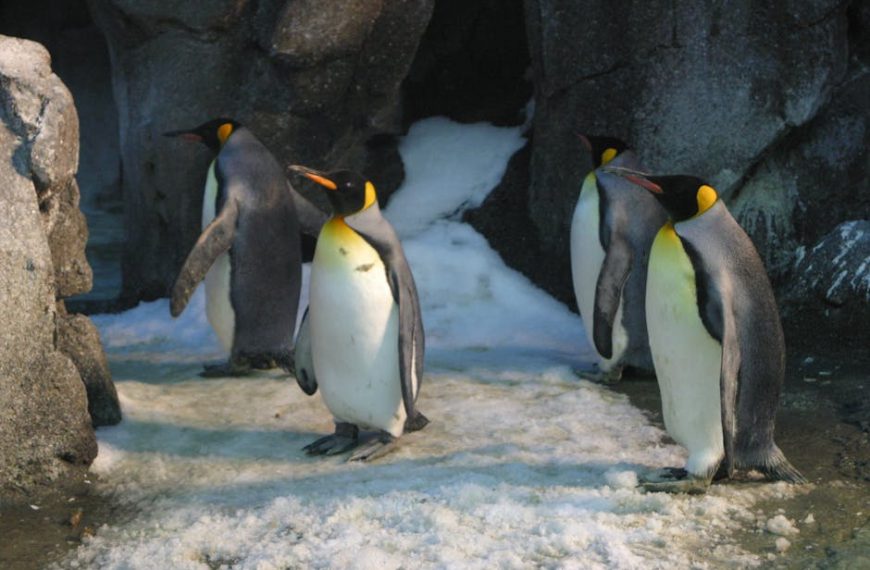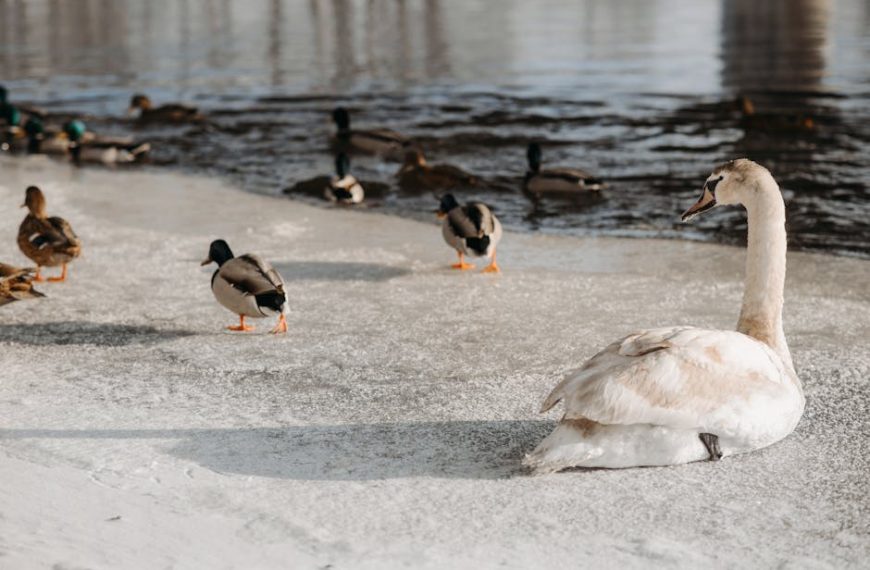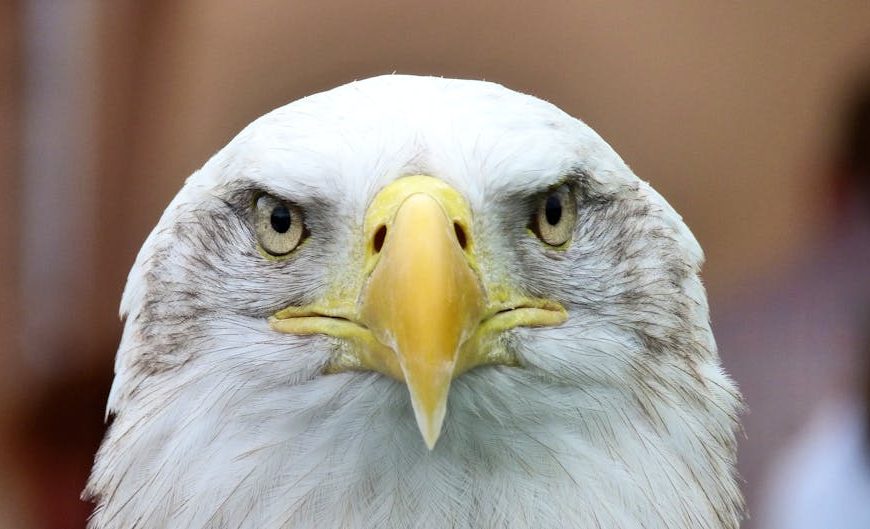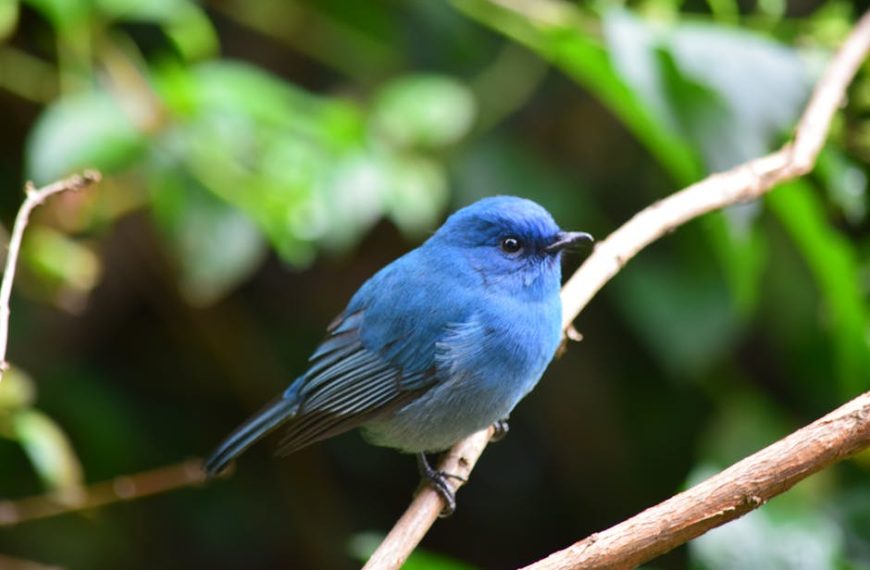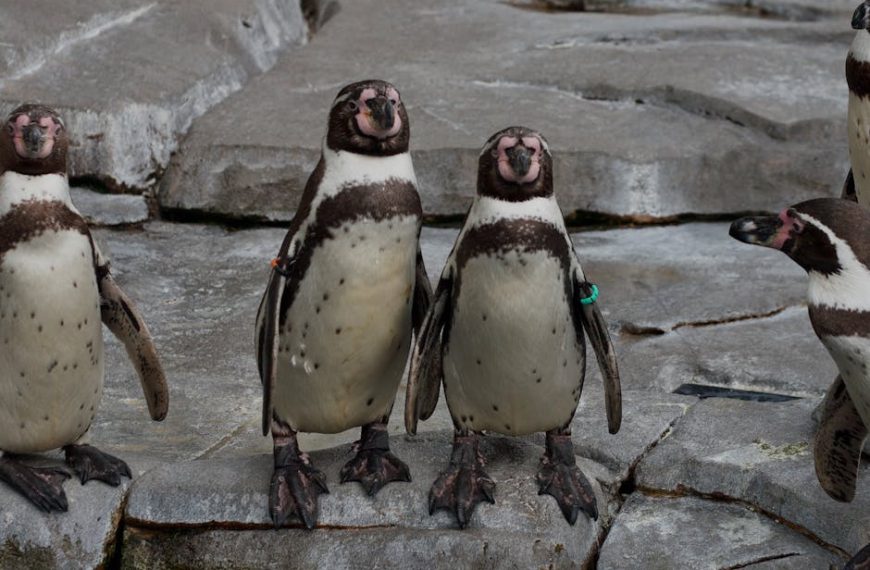The spectacle of birds flying in circles together is both intriguing and perplexing. Such behavior is not practiced without purpose; it’s indicative of an intricate interplay between instinctual behaviors, social structures, navigational tactics, and adaptive responses to environmental factors. Let’s take a deeper dive into understanding why these intelligent creatures adopt this mesmerizingly harmonious style of flying.
The Science of Bird Feeding Flocks
Often, birds are observed flying in circles when they are feeding. This circular pattern directly influences their feeding habits in a manner that optimizes access to food resources. By flocking and flying in a coordinated manner, birds can effectively cover a large area and increase their collective ability to locate food.
Moreover, individual birds within the flock use this cooperative behavior as a fuel-saving strategy, riding the wind currents produced by those leading the circular column. Thus the energy expended on long migratory journeys or exhaustive search for food is significantly minimized.
- Pro Tip: Observe the murmurations of starlings, which are often seen circling before they settle for a roost. Their coordinated, fluid movements are a fascinating glimpse into the world of avian feeding flocks.
– Bullet List: Benefits of feeding in flocks
– Greater food location efficiency
– Economized energy expenditure
– Increased feeding and foraging area
Protection and Predator Evasion
This circling behavior isn’t just for efficient feeding; it serves as an ingenious survival trick too. When flying in circles together, birds collectively appear as a larger, more intimidating entity. This overwhelming visual disorients potential predators, thereby safeguarding the flock from attacks.
Furthermore, this dynamic movement makes it difficult for the predator to single out individual prey, hence increasing the survival rate of birds within the flock.
- Best Practice: Notice the jerky movements and directional changes in a flock dodging a predatory attack. This erratic flight pattern confuses the predator and adds a level of unpredictability that increases the birds’ chances of escape.
– Checklist: Benefits of circling action as an evasive measure
– Disorienting predators
– Emerging as a larger threat
– Distracting potential attackers
– Heightened collective alertness
The notion of birds flying in circles together being an arbitrary action doesn’t hold much water. These behaviors are rooted in the fundamental requirements for surviving and navigating in the wild, and are largely reflective of their powerful instinctual adaptations and communal living.
Navigation and Orientation
Occasionally, birds can get disoriented or lost, especially during migratory journeys that span massive distances. It’s in these situations that their circling behavior comes into play as a potent navigation tool. By flying in a circular pattern, birds can effectively recalibrate their navigational bearings, gauge their surroundings, and regain their sense of direction.
- Comparison: Birds, like the Manx Shearwater for instance, display a remarkable level of navigation intelligence. Despite covering large migratory distances, they can locate their small breeding islands with astonishing precision, often employing the tactic of circle flying when close to their destination.
- Pros and Cons: While circle flying aids in orientation, it also possesses its set of limitations. Utilizing this method in poor visibility conditions can lead birds astray, often resulting in the phenomenon known as ‘vortex of death’.
The Role of Social Structure in Birds
Social structure also plays a crucial role in the circling behavior of birds. In many species, a few birds emerge as leaders in the flock, guiding and coordinating the movements of the entire group. Similarly, follower birds reciprocate trust in these leaders and abide by their direction.
- List: Key factors of bird social structure aiding in circling behavior
– Leadership dynamics
– Trustful followers
– Social bonds and hierarchies
- Best Practices: Contrary to popular belief, birds flying at the head of the flock do not necessarily denote leadership. Instead, leadership in birds is fluid and shared, with different birds taking the lead at different times, ensuring each bird an optimal rest period.
How Weather Conditions Influence Flying in Circicles
Birds leverage their circling flight in response to various weather conditions. The technique of thermal soaring, for instance, is a common avian response to warm air currents. Birds circle these thermals to gain altitude, without expending much energy, allowing them to monitor ground conditions, locate food or predators, and adjust their flight patterns accordingly.
- Bullet List: Weather conditions and their influence on birds’ circling
– Thermal soaring in warm weather
– Elevation gain during wind gusts
– Orientation adjustment in poor visibility
- Comparison: Alpine Swifts are stellar examples of migratory birds tactically using weather conditions. They undertake lengthy non-stop flights, often making use of thermals for soaring and precipitation for hydration, demonstrating an uncanny mastery over adapting to various weather situations.
As we decode the mystery and learn the insightful reasons behind the fascinating phenomenon of birds flying in circles, it reinforces the undisputed truth of nature’s intricate design. Each act, no matter how seemingly random, is purposeful and awesomely ingenious when seen through the lens of survival, adaptation, and sheer instinctual intelligence!
Key Takeaway:
- Birds fly in circles together for reasons involving feeding habits, protection against predators, navigation and orientation, social structure, and response to weather conditions.
- Cooperative flying allows birds to cover a larger area in search of food and helps conserve energy.
- Flying in a circling pattern gives birds a collective defense mechanism against predators by making it challenging to target an individual bird.
- When lost or disoriented, especially during migration, birds utilize circling flight behavior as a navigational tool.
- Social structure among birds influences their collective flying behavior, with leadership roles often guiding the flock.
- Depending on various weather conditions, birds use their circling flight tactic differently to conserve energy, monitor ground conditions, or adjust flight patterns.
It’s reassuring to understand the reasons behind the mesmerizing spectacle of birds flying in circles together. It speaks volumes about their survival instincts, adaptability, and collective intelligence. So, the next time you spot a flock forming a swirling pattern in the sky, appreciate these ingenious creatures and their remarkable strategies for surviving in the wild.
FAQs
Q: What are some examples of birds that often fly in circles together?
A: Starlings are commonly observed flying in circles together, particularly during their feeding times. Other migratory birds, like the Alpine Swifts and Manx Shearwater, also exhibit circling flight behavior.
Q: How does flying in circles help birds navigate?
A: Flying in a circular pattern allows birds to calibrate their navigational bearings, gauge their surroundings, and regain their sense of direction, especially when they become disoriented during long migratory journeys.
Q: What role does leadership play in a bird’s flock?
A: In many bird species, certain individuals emerge as leaders, guiding, and coordinating the movements of the entire group. This dynamic leadership ensures optimal cooperation and synchrony within the flock.
Q: How does weather influence birds’ decision to fly in circles?
A: Birds respond to different weather conditions by altering their flying patterns. For instance, they may use thermal soaring to gain altitude in warm weather. In adverse visibility conditions, some birds may rely on circling to adjust their course.
Q: How does flying in circles help birds in predator evasion?
A: Circling flight behavior creates a visual illusion of a large threat to potential predators, thereby disorienting them. It also makes it difficult for predators to single out individual prey, thus increasing survival rates within the flock.
Feel free to share this article with others who may find it intriguing. Keep exploring our site for more exciting insights into the wondrous world around us!
